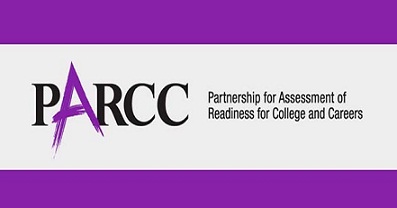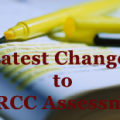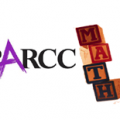With the upcoming PARCC implementation for the 2014-2015 school year, many teachers and administrators are familiarizing themselves with the new test format – while also making instructional changes as needed to align with the Common Core and better prepare their students for the assessment. And though there are differences between the NJ ASK and PARCC, there are some overarching commonalities between the two tests, such as: open-ended questions, reading passages, math problems in which students must show their work and explain their reasoning, etc. However, something that is new – and different – from previous assessments is a non-summative assessment that will contain both speaking and listening components.

Speaking and listening for ELA will be assessed in the 2015-2016 school year, with field-testing starting in early 2015. The test will be available for grades K-12, but only grades 3-11 will be required to assess students in these areas. Though individual states’ use of the results may vary, it appears that this assessment will not factor into the students’ summative scores. To adequately ensure that students are progressing with the Common Core standards, speaking and listening will now be assessed in order to “build authentic integrations of the strands in the CCSS where possible” (www.parcconline.org/sites/parcc/files/SpeakingAndListening_July2013Overview.pdf).
The idea behind these tasks is to allow teachers to assess their students in the areas of speaking and listening with the intent to inform their classroom instruction. In addition, teachers can monitor the effectiveness of intervention programs and other modifications. At the building and district levels, these assessments will help teachers and administration determine how well their curriculum and professional development programs are supporting the Common Core. And for home-school communication, this assessment will inform parents as to how well their child is progressing in these two areas.
PARCC Test Practice: Online Resources for Educators
As far as the design of the assessment it concerned, PARCC is looking for the following elements: an assessment that doesn’t take inordinate amounts of time to set up and administer – and can be scored quickly and easily as well. Also, PARCC aims to build an assessment that, when necessary, may be modified for students with special needs (including those with learning disabilities, English Language Learners, and those who are deaf). For students who are deaf or hard of hearing, it is possible that American Sign Language may be part of assessment construction.
On the test, there will be two different types of assessments (based on grade level). For grades 3, 5, 7, 9 and 11, students will take a “Real Time Engagement” Test. For this assessment, students will “listen to a pre-recorded speech and/or media production and speak/respond using spontaneous oral responses”. For grades 4, 6, 8, 10 and 12, the assessment will involve “Advance Preparation . . . [where] students will perform research using authentic and grade-appropriate topics, share their findings in the form of an oral presentation and respond simultaneously to audience questions” (www.parcconline.org/sites/parcc/files/SpeakingAndListening_July2013Overview.pdf).
As PARCC releases further information regarding the speaking and listening components, we will update you with sample questions and any other information that PARCC provides. In the meantime, teachers may wish to reflect on how they are incorporating speaking and listening into their daily activities to promote improvement and proficiency with these two important areas.






Pingback: Overview of the PARCC Speaking and Listening Assessments | Think Educative
Have you ever thought about publishing an ebook or guest authoring on other sites? I have a blog based on the same ideas you discuss and would really like to have you share some stories/information. I know my visitors would enjoy your work. If you are even remotely interested, feel free too send me an e-mail.